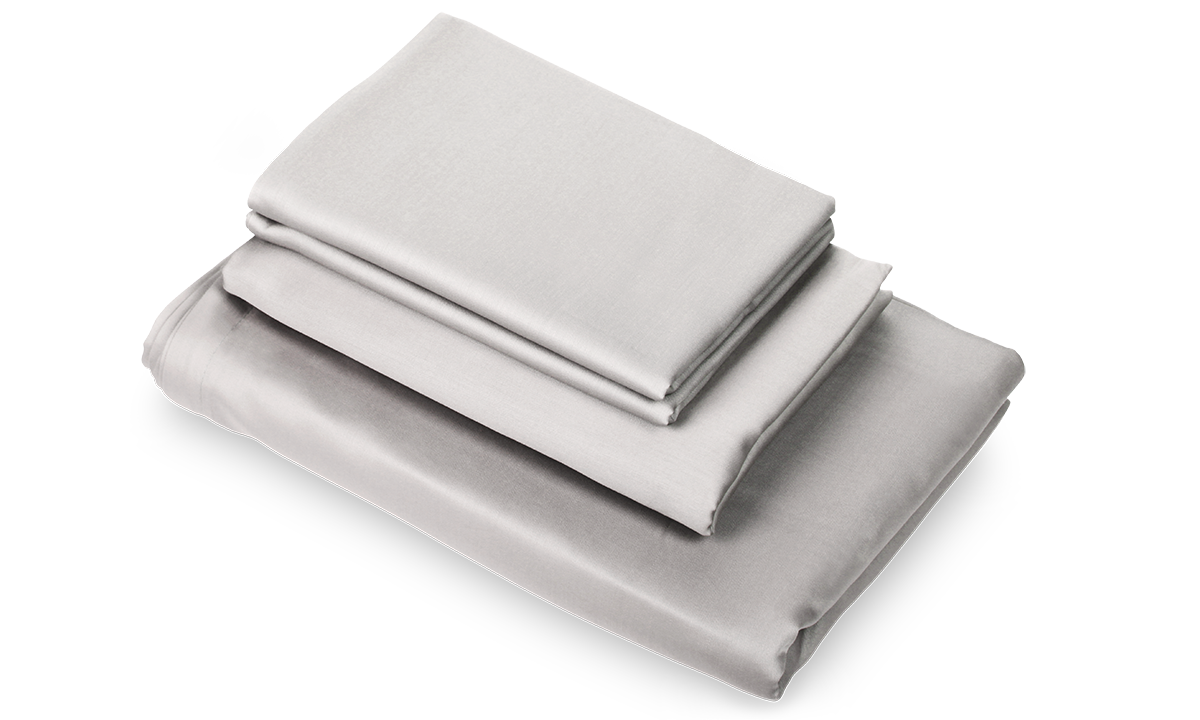There's no argument against the heavenly feeling of slipping into a freshly made bed with crisp, dry sheets. The knowledge of how to dry bed sheets can have a profound impact on the durability of your sheets and your overall sleep quality. Our comprehensive guide outlines the best practices for drying bed sheets, whether you have a dryer at your disposal or not.
How to Dry Bed Sheets in a Dryer
When it comes to quickness and convenience, nothing beats a dryer. However, it's important to consider the following steps to preserve your sheets' lifespan:
- Don’t Overload the Dryer: Overloading can lead to uneven drying and excessive wrinkles. Sheets need room to tumble freely for optimal drying.
- Use the Right Settings: Set the dryer to a medium or low heat setting to avoid damaging the fabric. High heat can cause shrinkage and weaken the fibers over time.
- Separate Fabric Types: If possible, dry sheets separately from towels or other heavy items. These can cause sheets to bunch up, leading to uneven drying.
- Remove Promptly: To prevent excessive wrinkling, remove sheets promptly once the drying cycle is complete.
How to Dry Bed Sheets Without a Dryer
Drying sheets without a dryer is not only possible but can also be beneficial for the fabric's longevity. Here's how:
- Outdoor Line Drying: The sun's UV rays have natural disinfecting properties. Ensure the sheets are secured well and spread out evenly for the best results.
- Indoor Drying: If outdoor drying isn't an option, hang your sheets over a clothes rack or even a shower curtain rod. Ensure good air circulation for quicker drying.
- Flat Drying: For delicate materials like silk or linen, lay the sheet out flat on a clean towel, roll it up to absorb excess moisture, then lay it flat to dry completely.
The Art of Drying Different Types of Bed Sheets
The fabric of your sheets determines the best way to dry them:
- Cotton: Cotton sheets can generally be dried on a medium or low heat setting in a dryer. They can also be line-dried outdoors.
- Silk and Linen: These delicate materials are best air-dried. Avoid direct sunlight for silk, as it can cause the fabric to weaken.
- Flannel: Flannel sheets should be dried on a low heat setting in the dryer to prevent pilling. They can also be air-dried.
- Polyester: Polyester sheets are durable and can be dried in a dryer on a normal setting. They dry relatively quickly on a clothesline as well.
FAQ: Your Questions Answered
What setting to dry bed sheets?
It's best to dry bed sheets on a low to medium heat setting. High heat can cause shrinkage and damage the fabric over time.
How many bed sheets in washing machine?
Usually, one to two sets of bed sheets can be washed together without overloading the machine. This ensures proper cleaning and rinsing.
How long to dry bed sheets in a dryer?
The drying time for bed sheets can vary depending on the dryer and fabric type. On average, it can take anywhere from 20 to 45 minutes.
How long do bed sheets take to dry?
The drying time depends on the method used. In a dryer, it can take 20-45 minutes, while air drying can take several hours or even a full day, depending on the weather and indoor conditions.
Use our store locator to find the closest furniture or mattress store near you and feel the cloudlike comfort of our Puffy Mattress in person.
Conclusion: Embracing the Art of Drying Bed Sheets
Knowing how to dry bed sheets is a key component in extending their lifespan and maintaining the comfort they provide. Whether you're using a dryer or going old-school with air drying, these tips and tricks ensure you get the most out of your sheets. After all, your bed is a sanctuary, and every detail, including properly dried sheets, adds to the quality of your sleep.

- Includes pillowcase(s), fitted sheet, and flat sheet.
- Oeko-Tex® Standard 100 certified.
- Lifetime warranty.
- 101-night sleep trial.
- Free shipping and returns.












